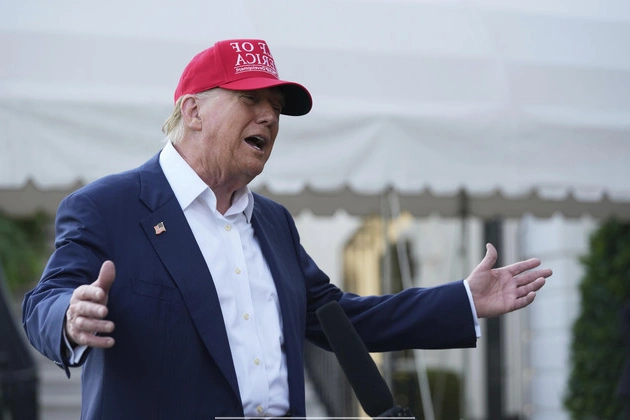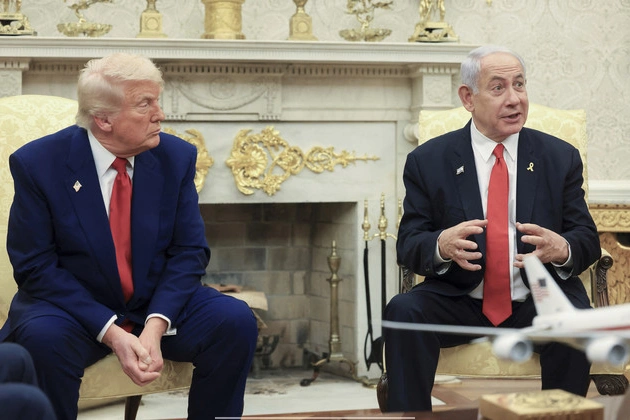
The European Union is preparing for the imposition of a flat, double-digit tariff on all goods as part of the forthcoming “reciprocal” tariffs anticipated from President Donald Trump on April 2.
Fluid Tariff Rates
Reports suggest that the final tariff rate remains subject to change, with insights from diplomats privy to European trade chief Maroš Šefčovič’s recent discussions with U.S. officials. The tariffs are slated to take effect at midnight on April 3, as per the briefed individuals.
Unavoidable Tariffs
EU ambassadors in the U.S. have been informed of limited avenues to avert the impending tariffs, viewed by the Trump administration as a precursor to broader trade talks.
Focus on Reciprocal Tariffs
Trump’s forthcoming announcement on April 2 is expected to center on reciprocal tariffs, aligning with the White House’s stance on trade parity. Insights hint at a flat percentage assigned to the EU based on existing trade barriers imposed on U.S. exports.
Additional Tariffs
The additive nature of these tariffs implies supplementary charges atop existing tariffs on specific sectors such as steel, aluminum, and energy imports from Venezuela. Trump’s agenda includes separate tariffs on key industries like automobiles, lumber, semiconductors, and pharmaceuticals.
Future Tariff Outlook
While steel and aluminum tariffs have already been enforced, further industry-specific tariffs are anticipated in the coming weeks. The EU remains uncertain about the sectors that may be targeted, with automotive potentially in the spotlight.
Trump’s Critique
Recent tensions between Trump and the EU have escalated following retaliatory tariff measures by the bloc. Trump’s rhetoric criticizing the EU’s trade practices underscores the contentious nature of transatlantic trade relations.
Ensuring Fairness
Trump defends his trade policies as fair and necessary to rectify perceived economic imbalances with long-standing trade partners. The ongoing discourse reflects a broader debate on trade practices and market access.











